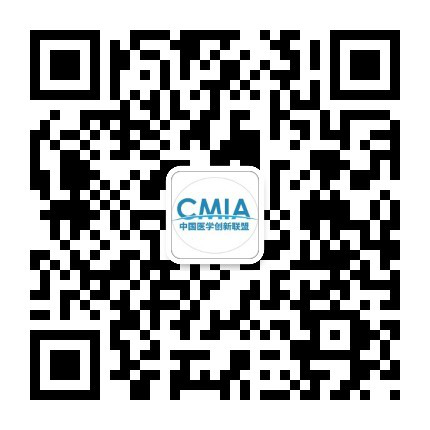基本的免疫致瘤性权衡定义了驱动因子突变适应度
SCI
7 June 2022
Fundamental immune-oncogenicity trade-offs define driver mutation fitness
(Nature IF: 49.962)
Hoyos D, Zappasodi R, Schulze I, Sethna Z, de Andrade KC, Bajorin DF, Bandlamudi C, Callahan MK, Funt SA, Hadrup SR, Holm JS, Rosenberg JE, Shah SP, Vázquez-García I, Weigelt B, Wu M, Zamarin D, Campitelli LF, Osborne EJ, Klinger M, Robins HS, Khincha PP, Savage SA, Balachandran VP, Wolchok JD, Hellmann MD, Merghoub T, Levine AJ, Łuksza M, Greenbaum BD. Fundamental immune-oncogenicity trade-offs define driver mutation fitness. Nature. 2022 Jun;606(7912):172-179. doi: 10.1038/s41586-022-04696-z. Epub 2022 May 11. Erratum in: Nature. 2022 May 31;: PMID: 35545680; PMCID: PMC9159948.
Abstract 摘要
Missense driver mutations in cancer are concentrated in a few hotspots1. Various mechanisms have been proposed to explain this skew, including biased mutational processes2, phenotypic differences3-6 and immunoediting of neoantigens7,8; however, to our knowledge, no existing model weighs the relative contribution of these features to tumour evolution. We propose a unified theoretical 'free fitness' framework that parsimoniously integrates multimodal genomic, epigenetic, transcriptomic and proteomic data into a biophysical model of the rate-limiting processes underlying the fitness advantage conferred on cancer cells by driver gene mutations. Focusing on TP53, the most mutated gene in cancer1, we present an inference of mutant p53 concentration and demonstrate that TP53 hotspot mutations optimally solve an evolutionary trade-off between oncogenic potential and neoantigen immunogenicity. Our model anticipates patient survival in The Cancer Genome Atlas and patients with lung cancer treated with immunotherapy as well as the age of tumour onset in germline carriers of TP53 variants. The predicted differential immunogenicity between hotspot mutations was validated experimentally in patients with cancer and in a unique large dataset of healthy individuals. Our data indicate that immune selective pressure on TP53 mutations has a smaller role in non-cancerous lesions than in tumours, suggesting that targeted immunotherapy may offer an early prophylactic opportunity for the former. Determining the relative contribution of immunogenicity and oncogenic function to the selective advantage of hotspot mutations thus has important implications for both precision immunotherapies and our understanding of tumour evolution.
癌症的错义驱动突变集中在几个热点1。已经提出了各种机制来解释这种偏斜,包括有偏差的突变过程2、表型差异3-6和新抗原的免疫编辑7,8;然而,据我们所知,没有现有的模型衡量这些特征对肿瘤进化的相对贡献。我们提出了一个统一的理论“自由适应度”框架,该框架将多模态基因组、表观遗传学、转录组学和蛋白质组学数据整合到一个生物物理模型中,该模型描述了驱动基因突变赋予癌细胞适应度优势的限速过程。针对癌基因1中突变最严重的基因TP53,我们提出了突变p53浓度的推断,并证明TP53热点突变最有效地解决了致癌潜力和新抗原免疫原性之间的进化权衡。我们的模型预测了癌症基因组图谱中的患者生存率、接受免疫治疗的肺癌患者以及TP53变异体种系携带者的肿瘤发病年龄。在癌症患者和一个独特的大型健康个体数据集中,热点突变之间预测的免疫原性差异得到了实验验证。我们的数据表明,对TP53突变的免疫选择压力在非癌性病变中的作用小于在肿瘤中的作用,这表明靶向免疫治疗可能为前者提供早期预防机会。因此,确定免疫原性和致癌功能对热点突变的选择优势的相对贡献对于精确免疫治疗和我们对肿瘤进化的理解都具有重要意义。
不感兴趣
看过了
取消
不感兴趣
看过了
取消
精彩评论
相关阅读





 打赏
打赏


















 010-82736610
010-82736610
 股票代码: 872612
股票代码: 872612




 京公网安备 11010802020745号
京公网安备 11010802020745号


